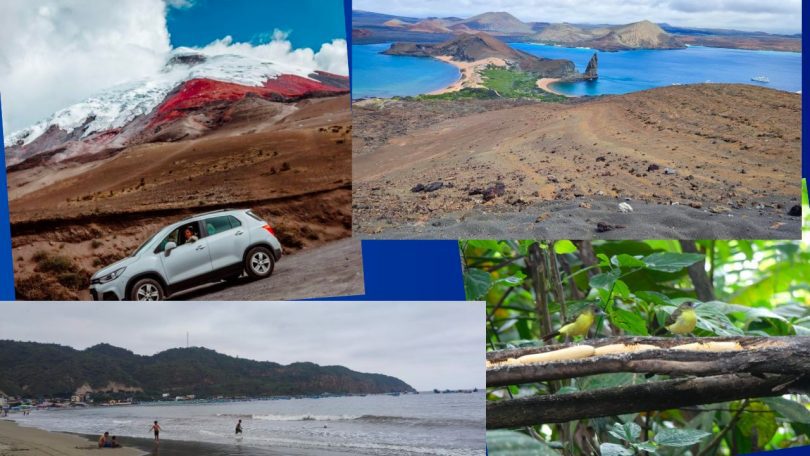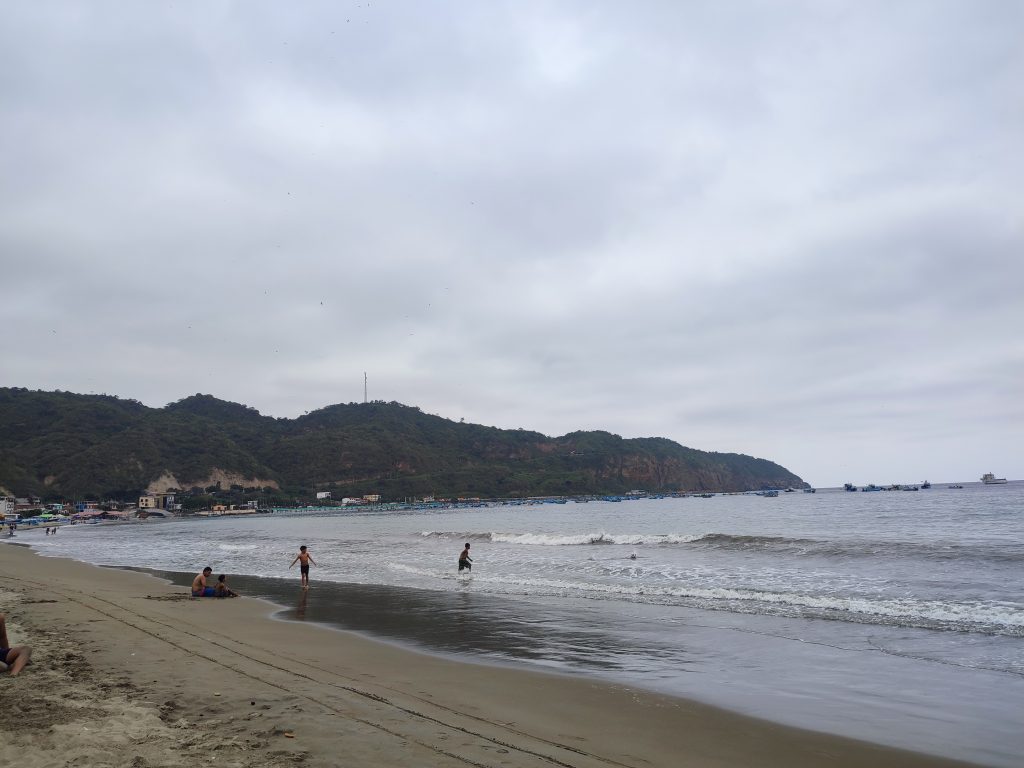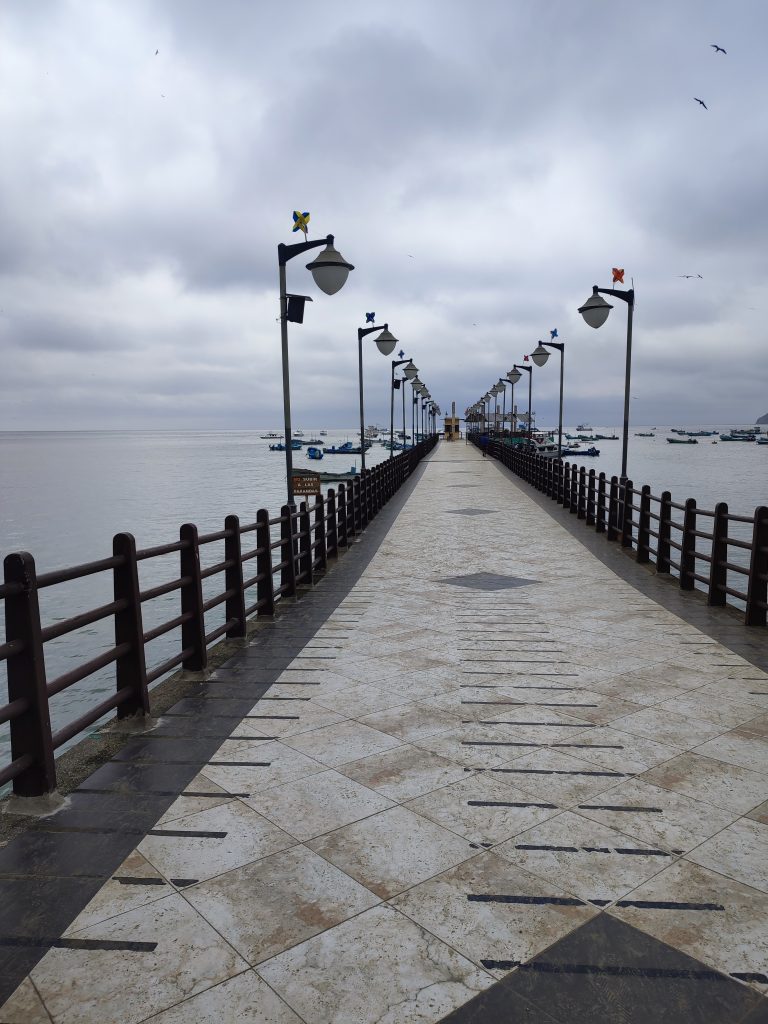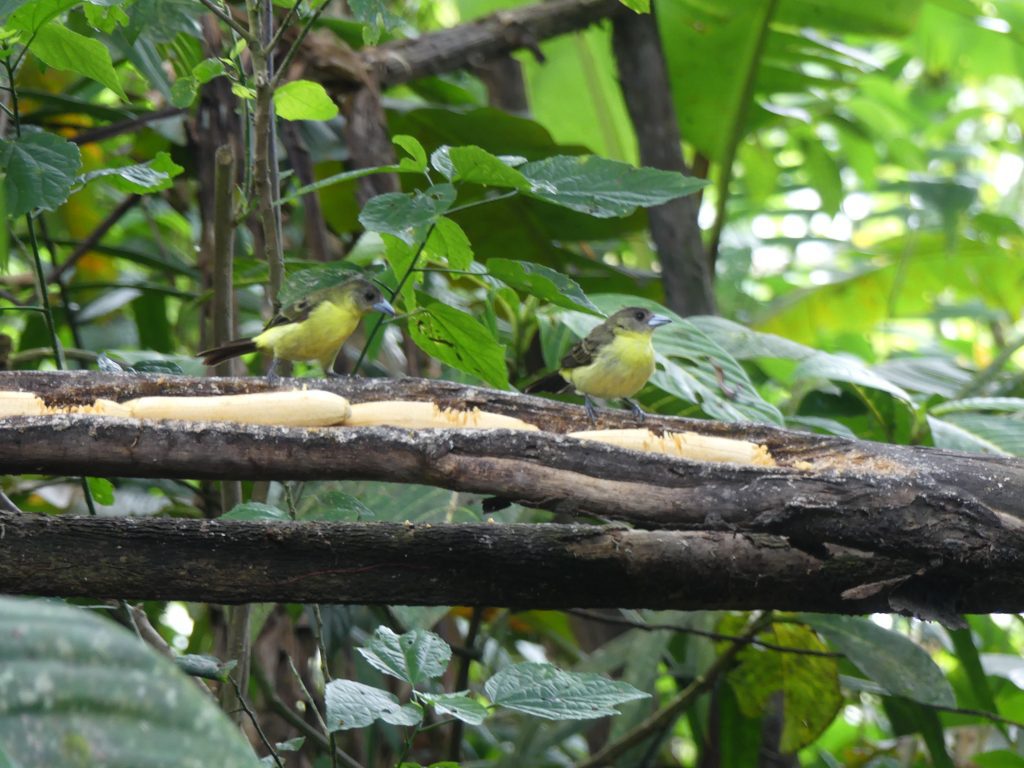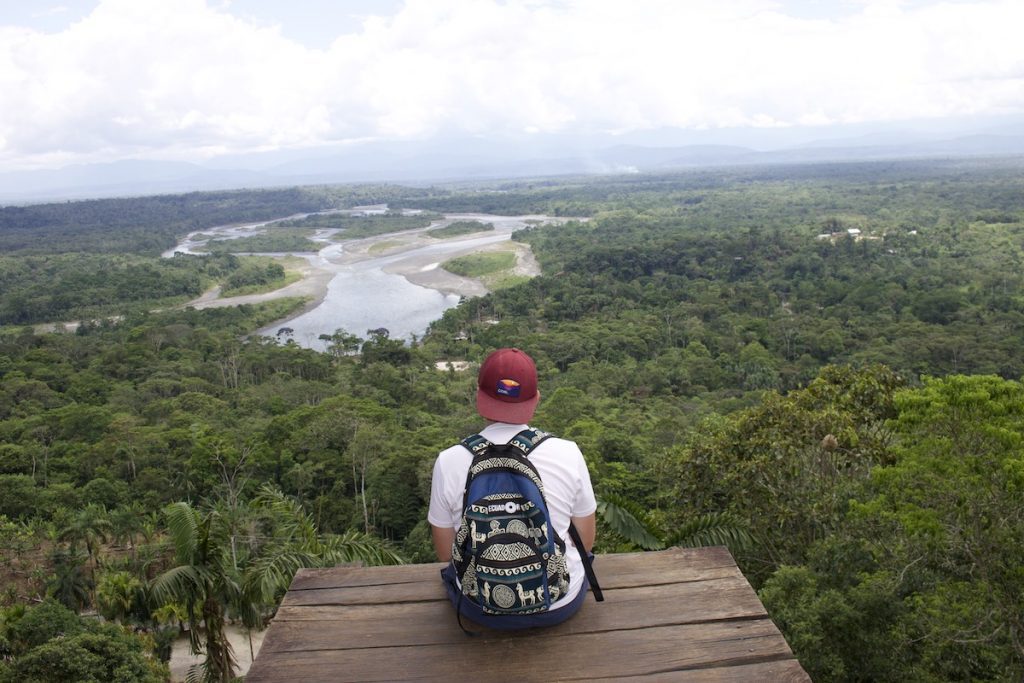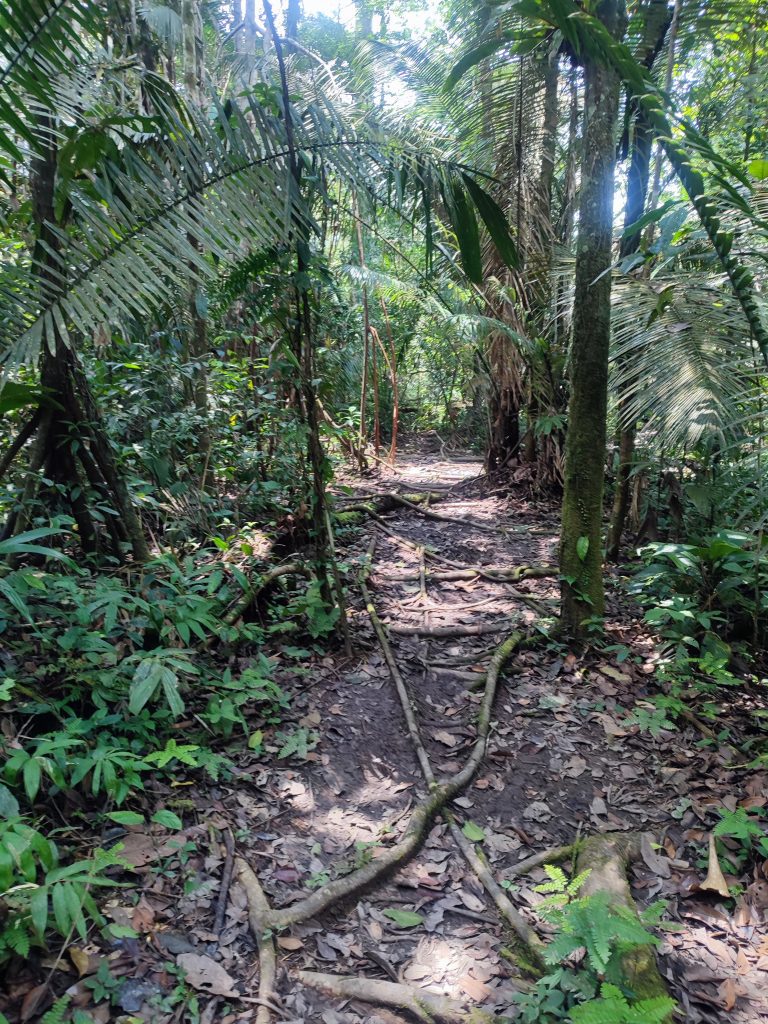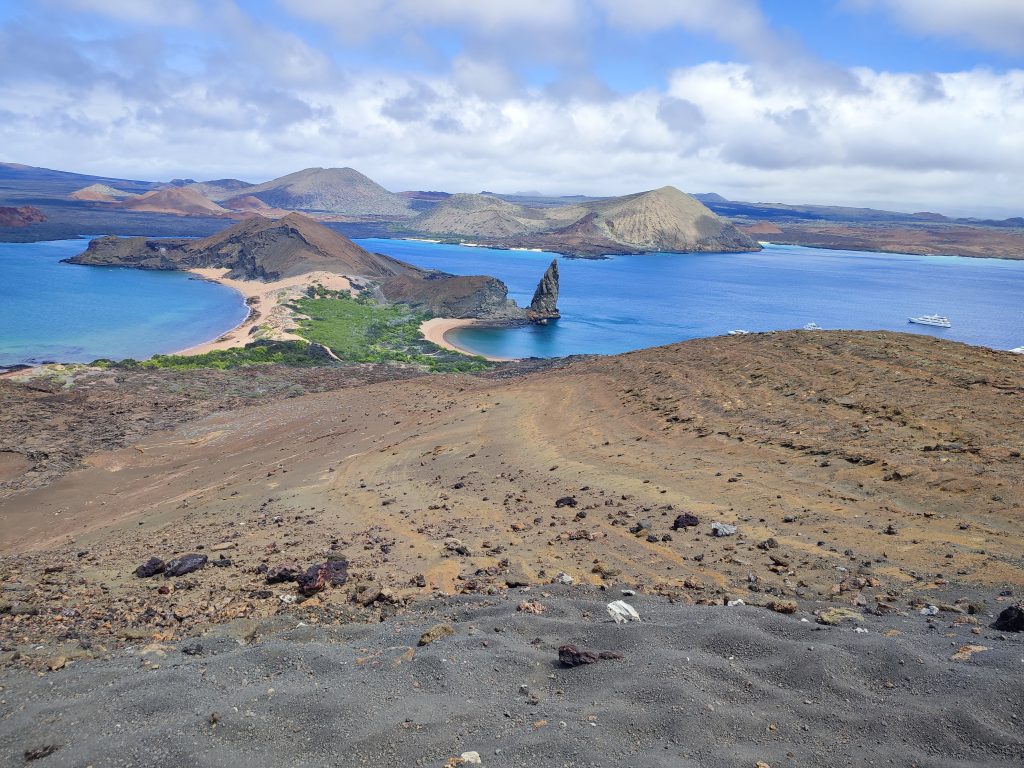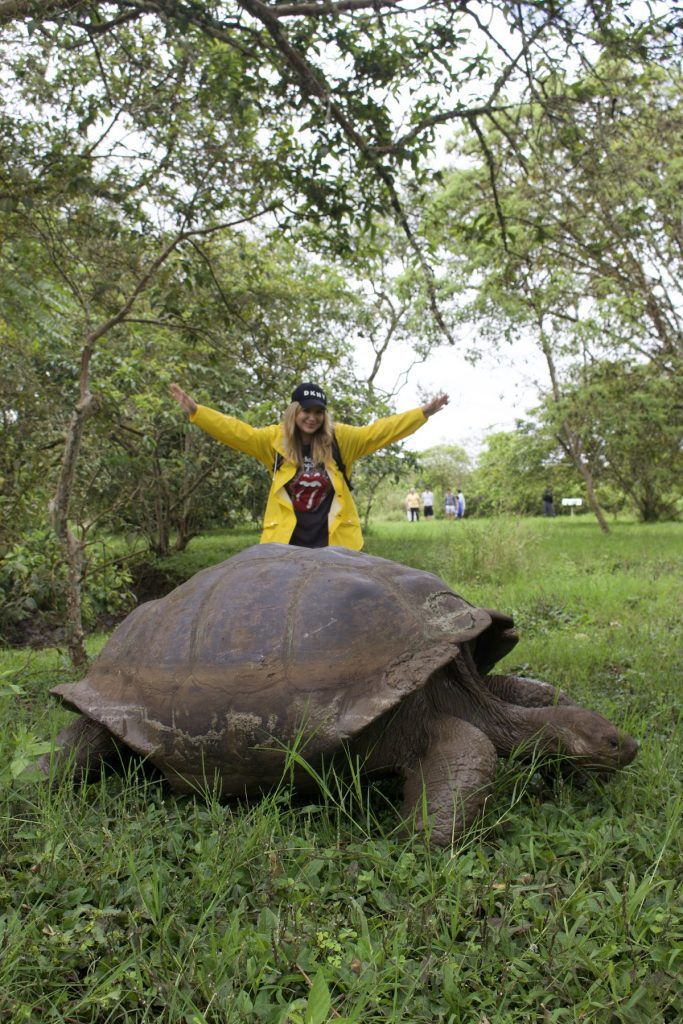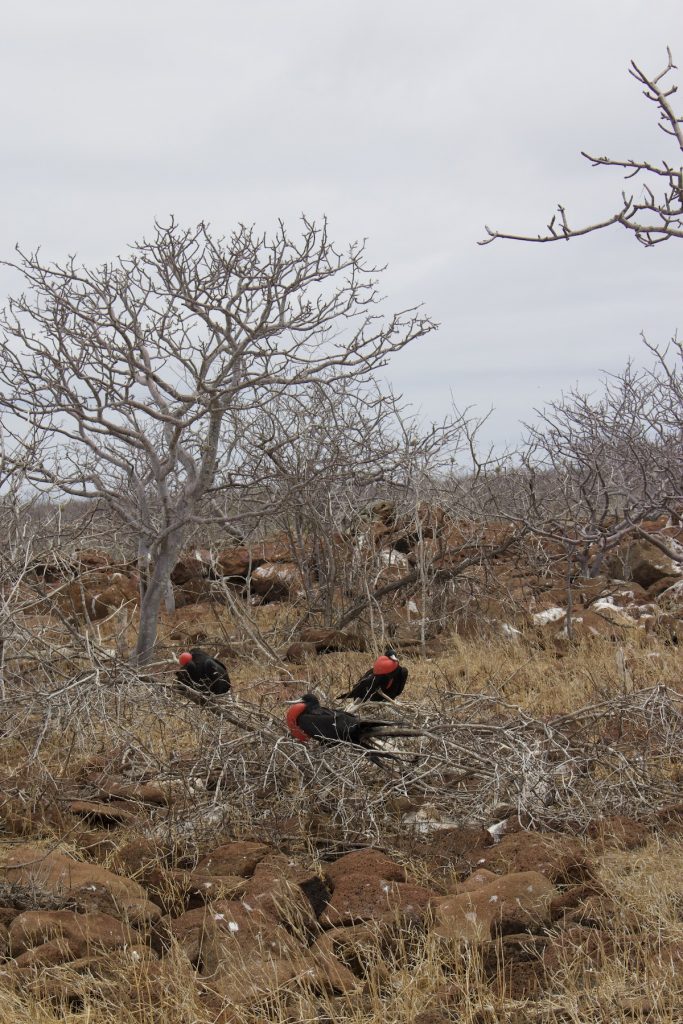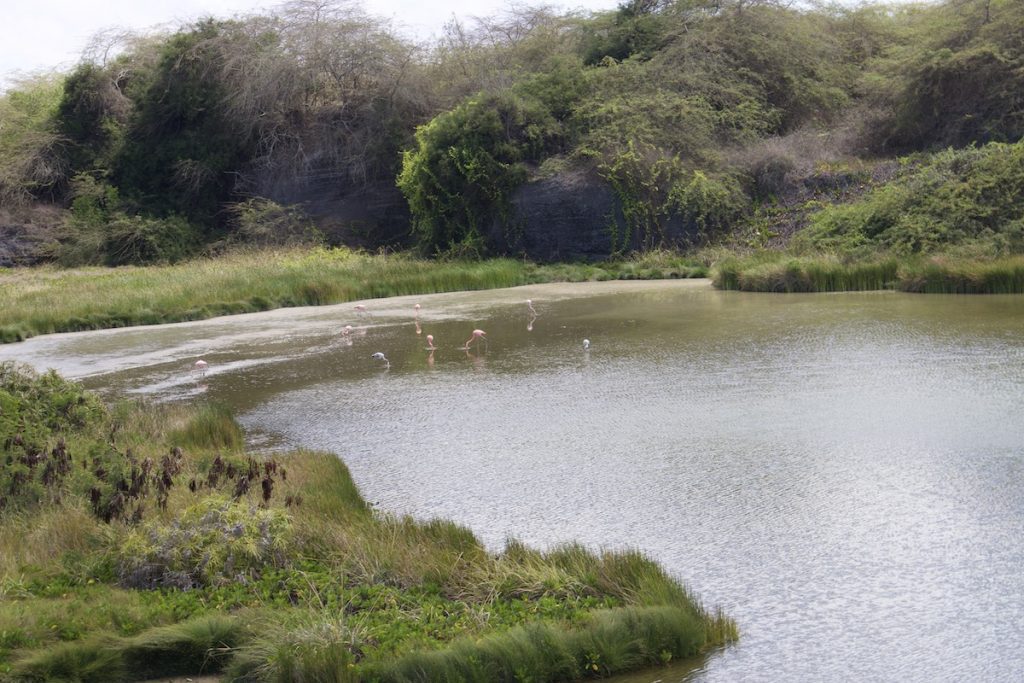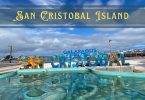Ecuador offers a diversified scenery for a small country that probably sums up South America.
The country has much to offer, from the stunning Pacific coast beaches to the magnificent Andes Cordillera, the diversified Galapagos Islands, and the Amazon Jungles.
Ecuador has four regions; the mainland is divided in half by the beautiful Andes, the world’s longest continental mountain range.
This division splits the mainland into three regions:
- La Costa or The Pacific Coast,
- La Sierra or The Andes, and
- El Oriente or The Amazon.
The fourth region is the famous tourist spot, the Galapagos archipelago.
Ecuador’s four regions have varied climates and physical characteristics. Understanding the variations across locations will assist you in narrowing down your trip options.
In this post, we will discuss and guide you through the different regions in Ecuador.
The Pacific Coast Region (La Costa)
Tourists enjoy the Pacific Coast due to its beaches and range of water activities. This area is ideal for sunbathing on sandy beaches, surfing turbulent waters, and eating the best seafood meals.
The weather around the seaside ranges from moderate to hot and can be extremely humid. The rainy season lasts from January through April, bringing significantly cooler weather.
A dreary sky frequently accompanies the chilly temperature. However, a clear sky is still possible at any time of the year, hence why we love the Pacific Coast region.
The average temperature at the coast is 22º C (71.6º F). The winter season occurs from December to May, while the summer lasts from June to December. Between January and May, the warm current known as the Niño Stream Stream produces a rise in rainfall rates.
If you prefer the beach vibes like us, consider visiting the best destinations in Ecuador’s Pacific Coast region, such as Manta and Salinas.
Other beach communities in the area include Montañita, Olón, Puerto Lopez, Puerto Cayo, Bahia de Caraquez, and Pedernales.
The Andes Region (La Sierra)
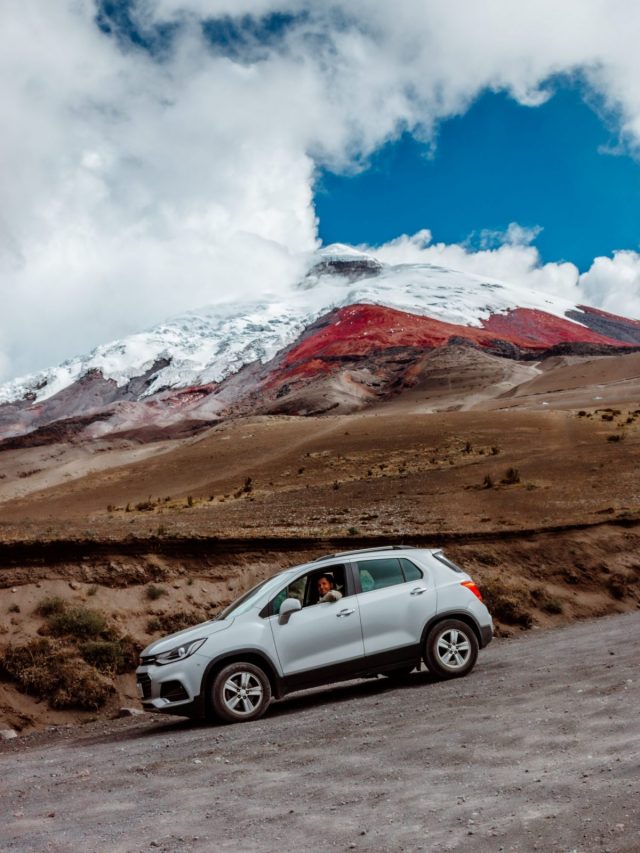
Cotopaxi Volcano view and the car we rented
The Andes form a steep spine that runs north to south through the country, with many peaks exceeding 5,000 meters and over 20 above 4,000 meters.
A narrow central valley divides the central highland region into two main ranges: the Central and Western Cordilleras.
The Ecuadorian Andes are famous for their superb home-style food, breathtaking scenery, and vibrant festivals.
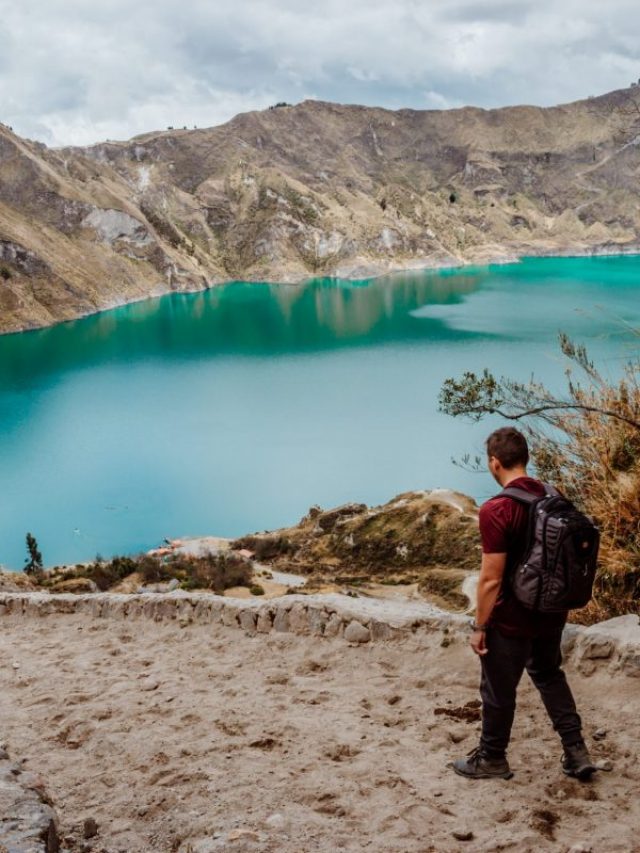
Quilotoa Lake
The Ecuadorian food is definitely worth trying! Most of the delicious Andes cuisine we have tasted can be found in the local markets and are budget-friendly.
Sierra natives frequently speak Quichua and Spanish. They usually dress in wool clothing with colorful accents, such as shawls, ponchos, or embroidered blouses.
Typically, you can determine a person’s ethnicity by their hat style.
Quito, Cuenca, and Riobamba are some places we’ve been to that are located within basins in the La Sierra highlands. This geographical region is also where the snow-capped volcanic mountains of Chimborazo and Cotopaxi are located.
The rainy season or winter in the Sierra lasts from October to May, with an average annual temperature ranging from 12º C (53.6º F) to 18º C (64.4º F). The typical weather can be extreme, with intense daytime heat and too chilly at night.
Hence, we always have a cap, umbrella, and light jacket handy during our trip to the Andes region.
El Oriente (The Amazon)
The Ecuadorian Amazon has an area of 120,000 km² (74,564 miles²) of lush tropical rainforest.
The Amazon is well-known for its wildlife, countless waterways, and adventure tourism.
Much of the Amazon is inaccessible, and sections with roads and navigable rivers are frequently where mining and oil extraction take place.
The climate in the Amazon is tropical: humid, hot, and frequently wet. The average temperature usually ranges from 24° C (75.2º F) to 25° C (77º F).
Though there is a dry season, it varies depending on where you are in the Amazon. Cuyabeno, for example, frequently experiences no rain in January, whereas further south may have the season’s highest rains.
While the Amazon Basin stretches from Colombia’s northern border to Peru’s southern border, the most visited places are reached via Quito in the north.
Some of the areas we’ve visited here, such as the Cuyabeno Wildlife Reserve and the Yasuni National Park, need a boat or plane ride.
Other attractions are along the Amazon Troncal, the E-45 that connects the Oriente’s minor settlements, like Tena, Puyo, Maca, and Zamora.
These nearby villages offer access to rivers for rafting or kayaking and hiking paths to waterfalls and wildlife. The E-45 also connects to the Cayambe-Coca Ecological Reserve and the Sangay National Park.
Islas Galapagos (The Galapagos Islands)
The Galapagos archipelago is a group of volcanic islands in the Pacific Ocean. They are located 1,000 kilometers west of mainland Ecuador. The islands cover about 8,000 square kilometers of land.
The Galapagos Islands are always warm. It can get extremely hot and humid at times.
Because of the Humboldt current, the drier months, June through November, are among the coolest. Despite the lack of rain, the skies are mostly cloudy, and the seas are also choppy.
We visited the Galapagos Islands in September. For us, it is comfortable weather as it is not too hot. There is less rain, and mostly cloudy, but you can still feel the humidity.
High volcanic mountains, craters, cliffs, and lowlands characterize the Galapagos’ terrain. It is a fantastic location for experiencing the intriguing landscape and the diverse and abundant wildlife.
The Galapagos Islands combine all the elements required to create a zoological, botanical, and geological wonder.
The Galapagos Islands’ cuisine and culture have all come from the mainland. Many of the dishes found on the Galapagos originated on the mainland’s Pacific Coast, such as ceviches, encocados, and grilled seafood.
Because international tourists usually flock to the Galapagos islands, there are plenty of places to buy burgers, pasta, pizza, and other foreign cuisines. While we love the Galapagos seafood, it is still nice to have a taste of the common food at home that we know.
Conclusion
Now that you have an overview of what to expect in each region of Ecuador, you can start drafting your travel itineraries.
If you want to visit Ecuador, you can appreciate the country’s beauty through a range of Ecuador tours. Check out our other blog posts about our trip to the different parts of Ecuador and learn some tips and techniques for arranging your next vacation.

